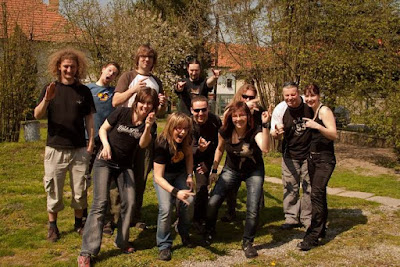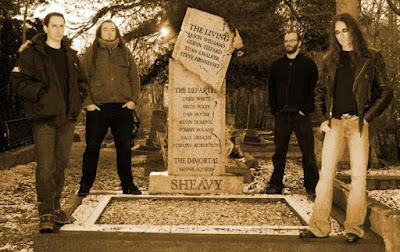Okay, so I'm kind of cheating because I already covered Fates Warning and all of John Arch's material since his days in that illustrious band have been in collaboration with Fates' guitarist Jim Matheos. But please indulge me, as I think his two albums since 1986's Awaken the Guardian, 2003's A Twist of Fate and 2011's Sympathetic Resonance (as Arch/Matheos, and featuring the rest of Fates Warning as well, minus current lead singer Ray Alder), are substantially better than the already terrific three on which he appeared with the band (if maybe not as influential).
A Twist of Fate is one of my favorite albums, even though it's a short one with just two songs clocking in at a total of just about 28 minutes. As they say, always leave 'em wanting more. John had been out of music (professional music anyway) for about 17 years when he decided to put together his solo EP. The first song, "Relentless" is the heavier of the two songs, and the first cowritten by John and Jim since the Fates days. It's an awesome song and deserves a listen, but I prefer the closer on the EP, "Cheyenne", which features violin along with the standard prog-metal instrumentation of guitar, keys, bass and drums. In addition to Jim, prodigious chops are on display by Fates' bassist Joey Vera and drummer Mike Portnoy of Dream Theater fame.
And here's a live clip of Fates Warning from 2016, playing a one-gig reunion at Atlanta's Progpower festival, where I believe they played Awaken the Guardian in its entirety in celebration of that album's 30th anniversary. Would have loved to have gone to that one. As you can hear, especially if you compare to early Fates Warning live recordings, John's voice and mastery of it are like a fine wine.























